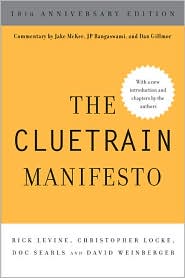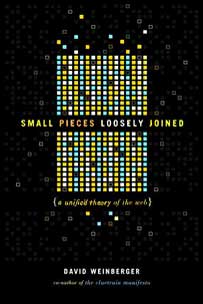July 30, 2009
Annals of No One Cares But Me: Big pixel drivers
During the late 1980s and early 1990s, I had a peculiar interest in two topics just about no one should or does care about: Drivers for unexpected output devices, and bigpixels. These interests were piqued by my place of employment. I worked at Interleaf, an early innovator in electronic publishing. Back in the day, we had to write our own drivers for the rare and expensive high-resolution printers able to show off the high-res, proportionally printed, typeset-quality, text ‘n’ graphic output our software was able to create. So, I naturally used to care about odd output devices — e.g., eventually our software was used to print low-res codes on soda cans — and output composed of huge pixels.
Therefore, I was delighted to read in the Boston Globe about Artaic, a company that uses a computer to translate images into robotically-created mosaics. It’s got it all: An unusual output device that uses macro-scale pixels.
Yay.








